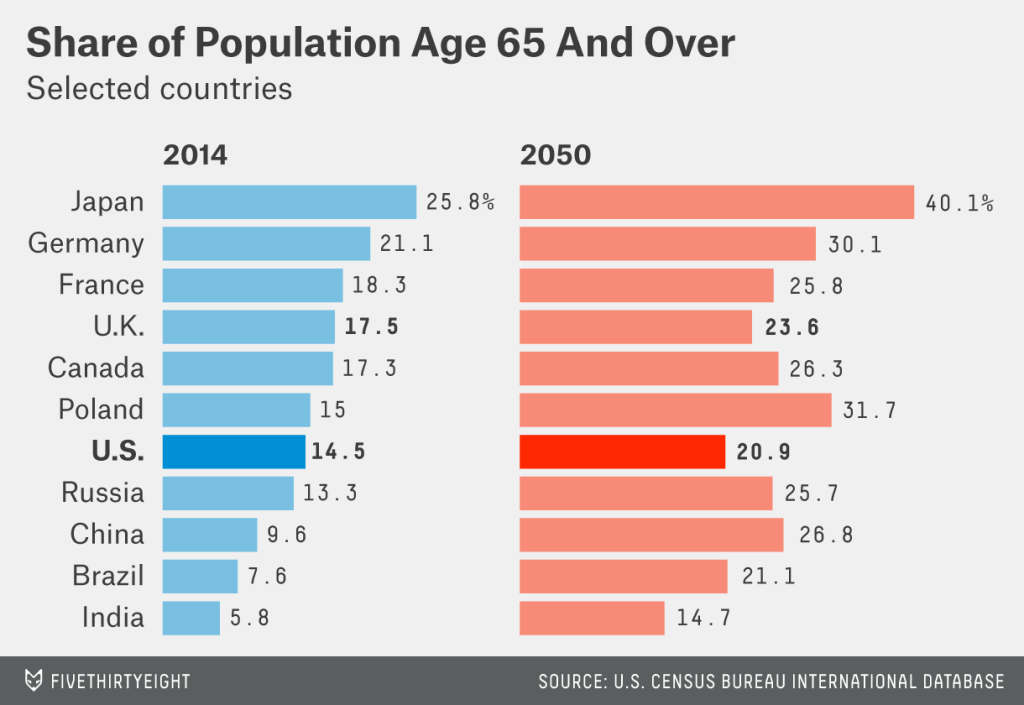TORONTO – Canada is facing a wave of retirements driven by workers in high-pressure sectors, with an increasing number retiring before they turn 65.
A new analysis of labour force survey data by the Canadian Centre for Policy Alternatives (CCPA) found 73,000 more people retired in the year ending August 2022 compared to a year earlier, a jump of 32 per cent.
Two-thirds of those excess retirements were in four industries: health care, construction, retail trade, and education and social assistance.
Senior economist David Macdonald said it’s highly unusual to see retirements at this level. But a closer look at some of the industries in question paints a picture of burnout, stress and ongoing pandemic difficulties leading to workers retiring earlier than they perhaps planned.
While retirements are expected to go up gradually as baby boomers retire, 2022 is seeing a clear spike, said Macdonald.
“This is very focused on some specific areas, which makes it more of a short-term trend,” he said.
The retirement wave began earlier in 2022, Macdonald found. By April 2022, retirements in health care in a year had almost doubled, with 19,000 excess retirements compared with a year earlier.
This likely means there’s a wave of highly skilled nurses leaving the profession, perhaps due to burnout after two years of the pandemic, said Macdonald.
Canada’s most populous province is also driving the retirement wave, making up 66 per cent of the extra retirements in the year ending August despite having less than 40 per cent of Canada’s workers. Teachers retired in droves; two-thirds of extra retirements in education were in Ontario.
Retirement in teaching drove the trend in the year ending August; 21,000 of the 73,000 additional retirements were in education services.
Wage increases in Ontario’s public sector have been restricted by Bill 124, which may be a factor in health care and education workers deciding they’ve had enough, said Macdonald.
“There’s a breaking point,” he said.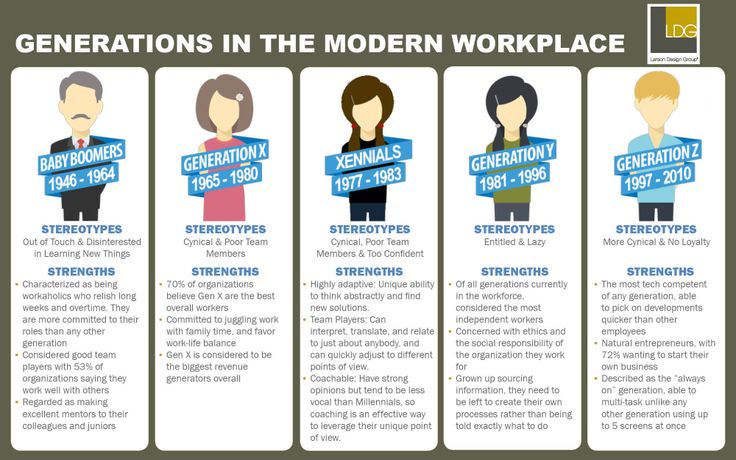
“Those professions have not returned to normal. They are substantially different from how they were in 2019.”
In the year ending June, extra retirements in retail trade peaked with an extra 13,000 workers. In July, it was construction that saw retirements jump.
It’s not just the boomer generation that’s contributing to this wave, either. A surprising number of workers younger than 65 are retiring early, said Macdonald.
In August 2021, the largest age group retiring were between 65 and 69, at 38 per cent of total retirements. A year later, that group made up 33 per cent of retiring workers, while the next youngest group of workers aged 60 to 64 had gone up three percentage points to 31 per cent. Retirements among workers 55 to 59 also went up.
“People are retiring, not because they’re hitting 65, they’re retiring for some other reason,” said Macdonald.
There was also a wave of retirements at the beginning of the pandemic, as many workers decided to retire early instead of going through unemployment, he said.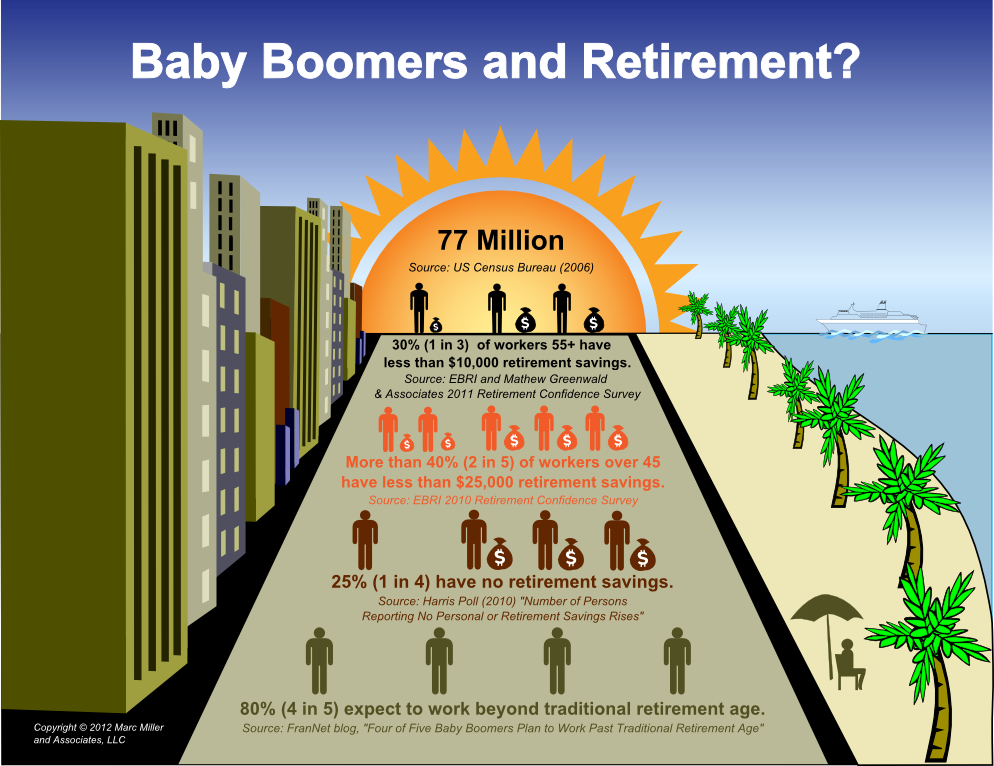
If Canada goes into a recession, something similar might happen in some sectors, such as finance or real estate, said Macdonald.
© 2022 The Canadian Press
Business
By Josh RubinBusiness Reporter
Tue., Sept. 13, 2022timer3 min. read
Think there’s a labour shortage now? Just stick around.
The number of Canadians who retired jumped almost 50 per cent in the last year, according to recent data from Statistics Canada. And economists warn it’s a trend that isn’t likely to slow down.
“The youngest baby boomers are the biggest demographic cohort and they’re starting to get to retirement age,” said Pedro Antunes, chief economist at the Conference Board of Canada.
Friday, Statistics Canada released data showing that as of August a record-high 307,000 Canadians had retired over the previous 12 months, up from 233,000 a year earlier. That flood could well continue: Statistics Canada also reported that, in August, 11.9 cent of permanent employees were planning to leave their jobs within the next 12 months, 5.5 percentage points higher than in January.
Some of the bump in retirement numbers came because Canadians decided it wasn’t worth the bother to call it quits during a pandemic, Antunes argued.
“Why retire if you can’t go anywhere or do anything?” Antunes said, referring to COVID-related travel restrictions and lockdowns, which have happened on and off since March 2020.
But even before the global COVID-19 pandemic, Antunes noted, the trend was already there; between August 2019 and August 2020, 273,000 Canadians retired.
“This is something that was happening well before COVID. COVID just put it off for a bit,” said Antunes.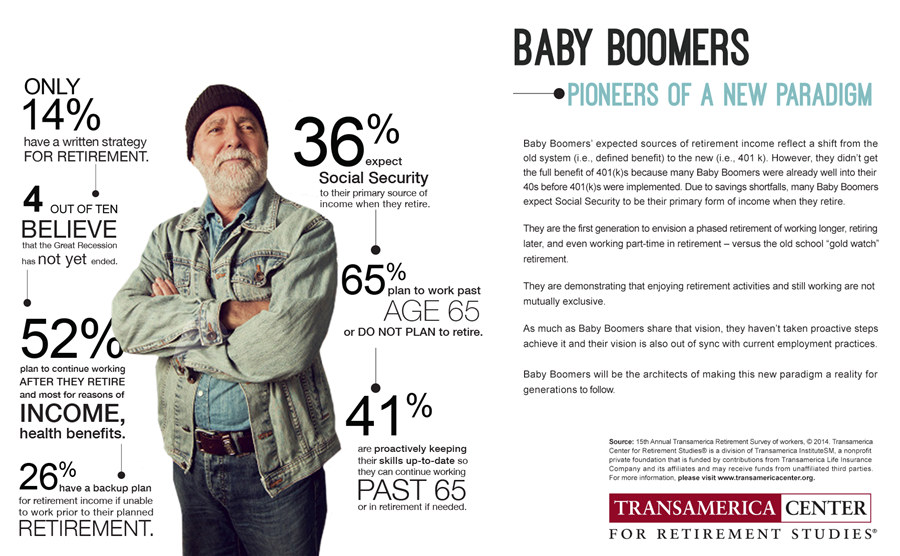
Robert Kavcic, senior economist at BMO, agreed that some people clearly held off on retirement during the pandemic. But in a research note, Kavcic stressed that Canada’s demographics mean that higher retirement numbers are likely here for the foreseeable future.
“A major demographic drain on the labour force has been working away in the background with almost 5 million Canadians now in the 60-to-69 age group where participation dramatically falls off,” Kavcic wrote.
David Macdonald, chief economist at the Canadian Centre for Policy Alternatives, argued that the flood of retirements can’t be explained strictly by demographics or a COVID delay. Some of it is complete burnout and stress in people who might have otherwise kept working, or at least considered it.
“I think this was largely a COVID issue. Look at the jobs which were the biggest source of retirements. Teachers and nursing were right up there,” said Macdonald.
No matter what the causes of the large retirement numbers, it’s clear that strong immigration is vital to keep the Canadian economy growing, said Macdonald.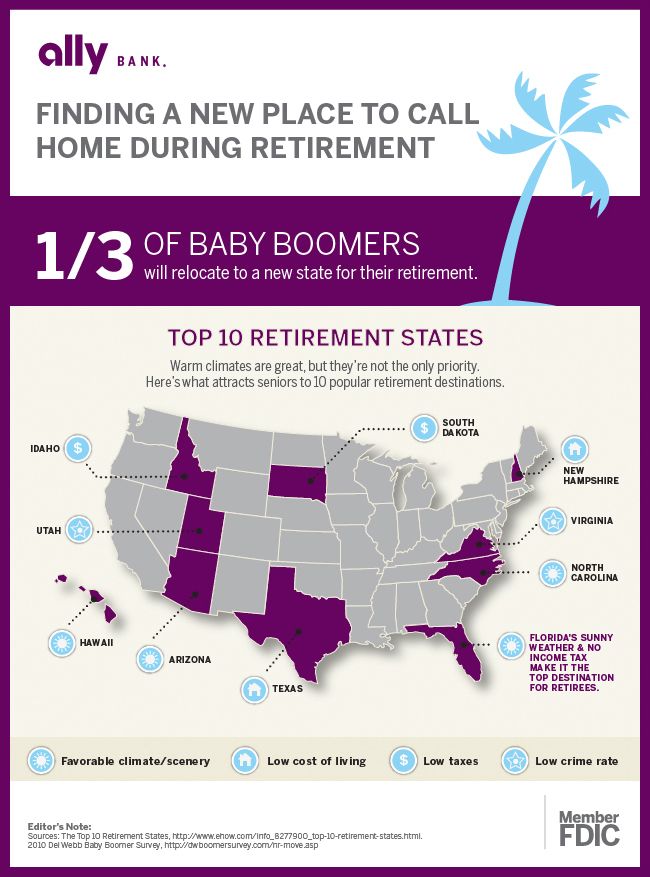
“There’s no way we can have the labour force we’ve had in the past without getting help from immigration. It’s an absolutely critical part of the picture. Our birth rate is just too low,” he said.
Antunes, who called immigration “fundamental” to a healthy, growing economy, said even if the Canadian birth rate increased overnight it’s clearly not an answer to the current labour shortage.
“Having more babies is a solution if you don’t mind waiting 18 years,” said Antunes, who suggested that the shortage is already having an impact on the Canadian economy.
Preliminary data from Statistics Canada showed that the economy shrank slightly in July. The biggest issue, Antunes argued, isn’t a slump in demand, the more traditional cause of economic slowdowns.
“We’re running up against capacity constraints. That’s a lot different than a slowdown because demand is falling,” Antunes said. “Economic growth comes from investment and from having a growing, productive workforce.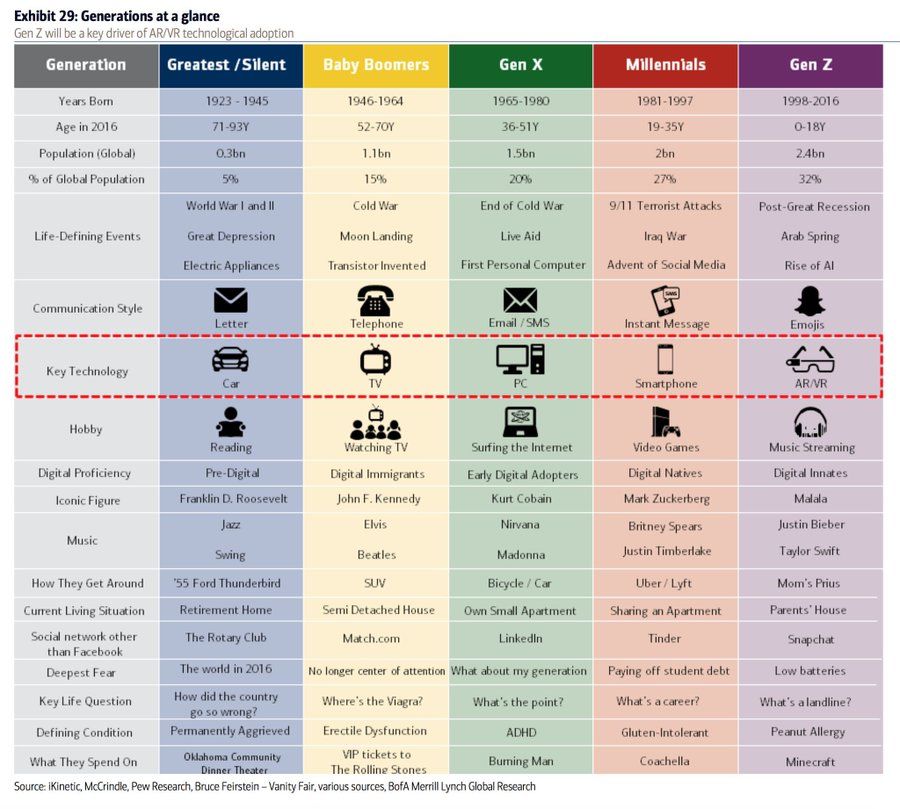 ”
”
In the first quarter of 2022, the unemployment-to-job vacancy ration — a key measure of labour market tightness — was a record-low 1.4. In the first quarter of pre-pandemic 2019, the measure was 2.4.
Josh Rubin is a Toronto-based business reporter. Follow him on Twitter: @starbeer
SHARE:
Report an error
Journalistic Standards
About The Star
JOIN THE CONVERSATION
Conversations are opinions of our readers and are subject to the Code of Conduct. The Star does not endorse these opinions.
Generational division is one of the most popular ways to segment the mass market. It is assumed that the people of the five generational groups currently coexisting (baby boomers, generations X, Y, Z and alpha) grew up in different environments, therefore they formed different habits, preferences and approaches.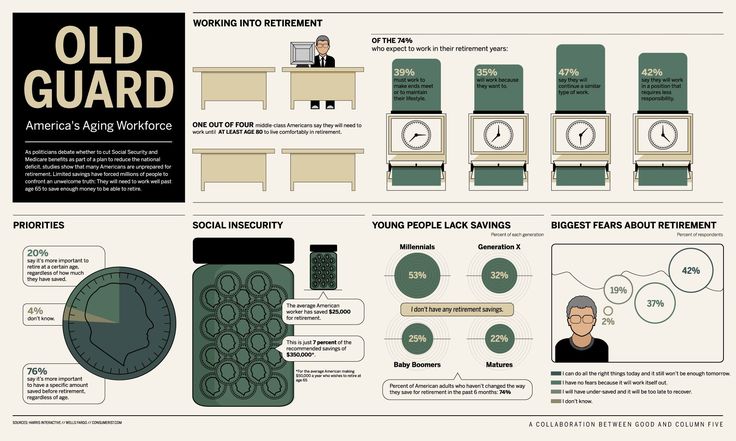 Phillip Kotler, who is called the founder of modern marketing, explains how they differ, why there are so many entrepreneurs among the millennials, and how the Xers caused the TV series "Friends"
Phillip Kotler, who is called the founder of modern marketing, explains how they differ, why there are so many entrepreneurs among the millennials, and how the Xers caused the TV series "Friends"
Economist Philip Kotler is called the father of marketing because several generations of marketers learned from his books, and also because what is now understood as marketing, he actually invented when he began to teach it as a separate science in the 1960s in Kellogg School of Management. In 2021, the 90-year-old Kotler was the most cited among Harvard professors.
In his new book “Marketing 5.0. Next Generation Technologies, which comes out in February by Bombora Publishing, he shows that he follows the latest trends in marketing and highlights modern issues such as facial recognition technology, augmented reality marketing, the Internet of things and corporate activism.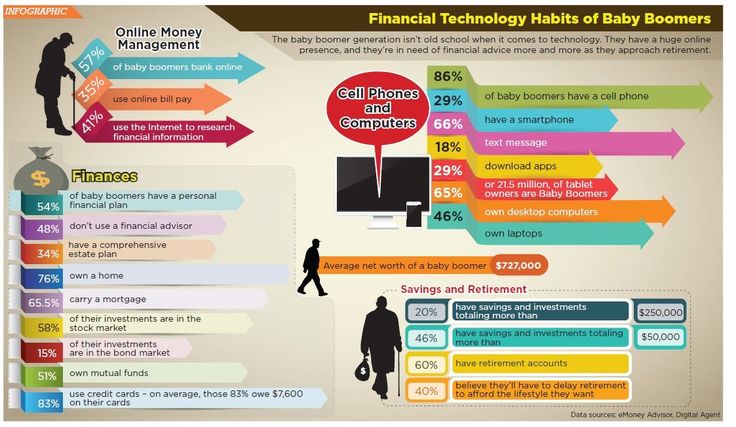 Forbes publishes an excerpt on the generation gap. nine0008
Forbes publishes an excerpt on the generation gap. nine0008
A 25-year-old marketing assistant was assigned to design a print ad for a new product aimed at millennials. After interviewing a sample of potential buyers, she created a beautiful and eye-catching one-line graphic followed by a link to the website as a call to action. She had no idea that her 50-year-old boss would not be satisfied with the lack of details about the product's features, its benefits and benefits in print advertising. Believing the marketing manager didn't understand the minimalist approach to millennials, she quit her job, ironically reaffirming her manager's belief that younger employees were incapable of taking criticism. nine0005
This kind of intergenerational misunderstanding is happening in many organizations today. Marketers around the world face the challenge of serving five different generations: Baby Boomers, X, Y, Z, and Alpha. The first four generations are already in the labor market. Most baby boomers are still working. However, Generation X now holds the largest number of leadership positions in the world. Generation Y represents the quantitatively largest group among workers, and representatives of generation Z are now entering the labor market. These generations have different levels of technological savvy. Generational market research will allow marketers to identify the best way to implement technology-driven marketing 5.0. nine0005
The first four generations are already in the labor market. Most baby boomers are still working. However, Generation X now holds the largest number of leadership positions in the world. Generation Y represents the quantitatively largest group among workers, and representatives of generation Z are now entering the labor market. These generations have different levels of technological savvy. Generational market research will allow marketers to identify the best way to implement technology-driven marketing 5.0. nine0005
Related material
Each generation is formed in a different socio-cultural environment and receives different life experiences. Take Generation X, for example. With divorced or two working parents, they grew up with minimal parental supervision. In their youth, they were culturally influenced by MTV music videos.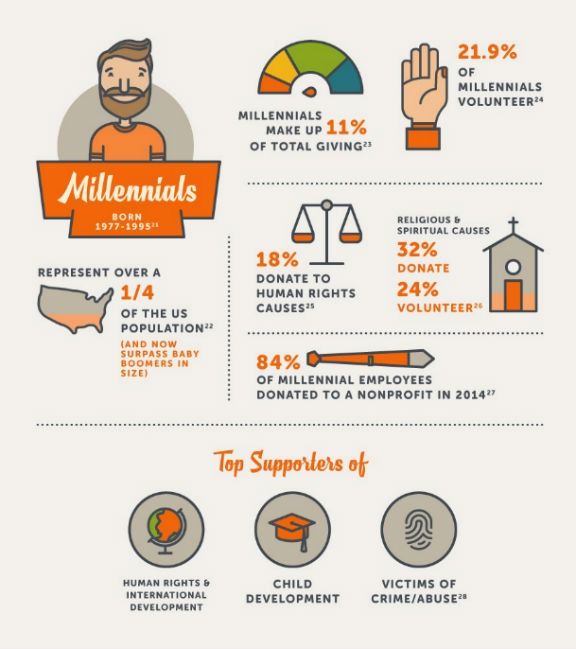 As a result, they value work-life balance much more than other generations and are seen as more independent and creative. As adults, they have seen the world without and with the Internet, which allows them to adapt well to both traditional and digital work environments. nine0005
As a result, they value work-life balance much more than other generations and are seen as more independent and creative. As adults, they have seen the world without and with the Internet, which allows them to adapt well to both traditional and digital work environments. nine0005
Each generation has different preferences and approaches to products and services, leading marketers to offer different offerings, customer experiences, and even business models. For example, Generation Y places more value on the experience than on the possession of the product. They prefer to use Uber rather than buy a car. This preference has led to the growth of all kinds of services "on demand" (on-demand services). Business models have also shifted from selling products to selling subscriptions. Generation Y would rather listen to music on Spotify than buy a music album. nine0005
Despite understanding the differing needs of different generations, most companies are not in a good position to serve them all.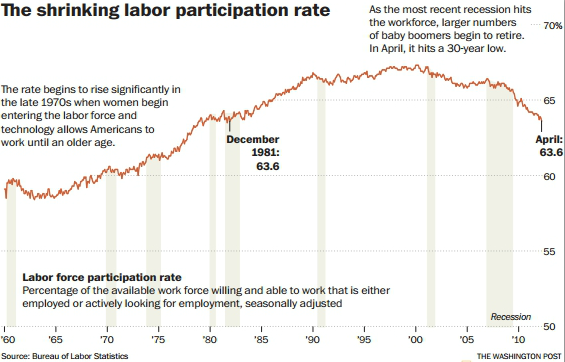 Companies are often stuck with an inflexible set of products and services that prevent them from adapting to every generation. This forces companies to serve only two or three generations at the same time. Companies are also having difficulty adapting to a shorter product life cycle driven by the ever-changing needs and desires of younger generations. Many companies in industries such as automotive, electronics, high-tech, consumer goods, and fashion feel the need to develop new products quickly and profit within a narrow time frame. nine0005
Companies are often stuck with an inflexible set of products and services that prevent them from adapting to every generation. This forces companies to serve only two or three generations at the same time. Companies are also having difficulty adapting to a shorter product life cycle driven by the ever-changing needs and desires of younger generations. Many companies in industries such as automotive, electronics, high-tech, consumer goods, and fashion feel the need to develop new products quickly and profit within a narrow time frame. nine0005
Related material
Targeting also presents challenges, as most value is still created by brands catering to Baby Boomers and Generation X with their powerful resources and willingness to pay. But more brand equity is created when brands are supported by generations Y and Z, with their degree of coolness and technical sophistication.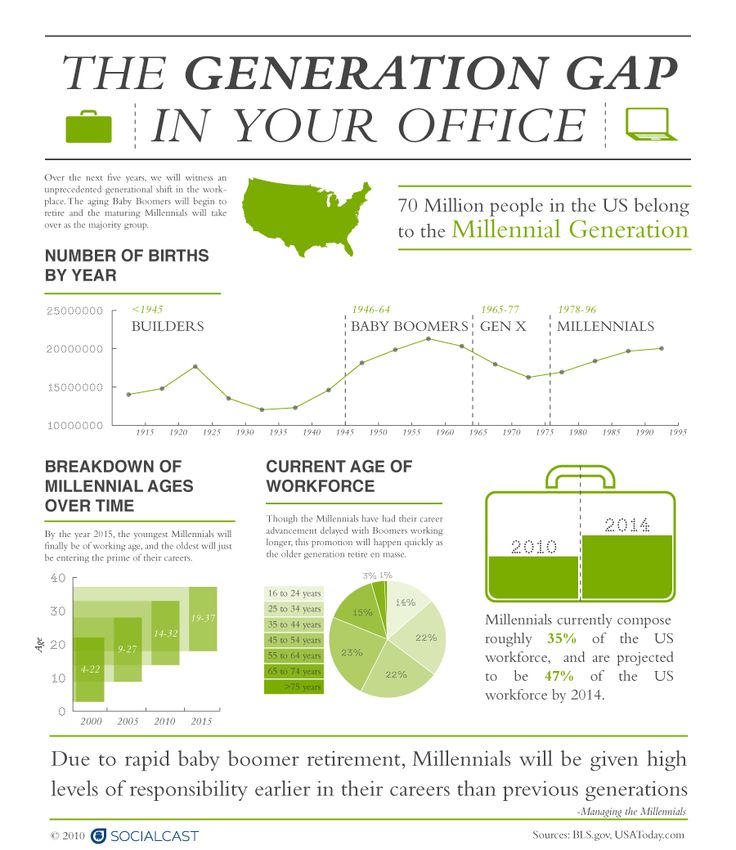 And, most importantly, Generations Y and Z are starting to influence many of the buying decisions of their Baby Boomer and X parents. Companies need to balance two goals: maximizing value creation in the present and beginning to position brands for the future. nine0005
And, most importantly, Generations Y and Z are starting to influence many of the buying decisions of their Baby Boomer and X parents. Companies need to balance two goals: maximizing value creation in the present and beginning to position brands for the future. nine0005
Baby Boomers were born between 1946 and 1964. The term "baby boom" refers to the high birth rate in the US and many other parts of the world after the end of World War II. In the conditions of post-war security and economy, many couples decided to have children, who became the main target audience for marketers in their time. Due to their sheer size and the post-war economic boom in the United States during their coming-of-age years, baby boomers have become one of the main drivers of the economy. nine0005
For decades, baby boomers were the focus of marketers until Generation Y outnumbered them.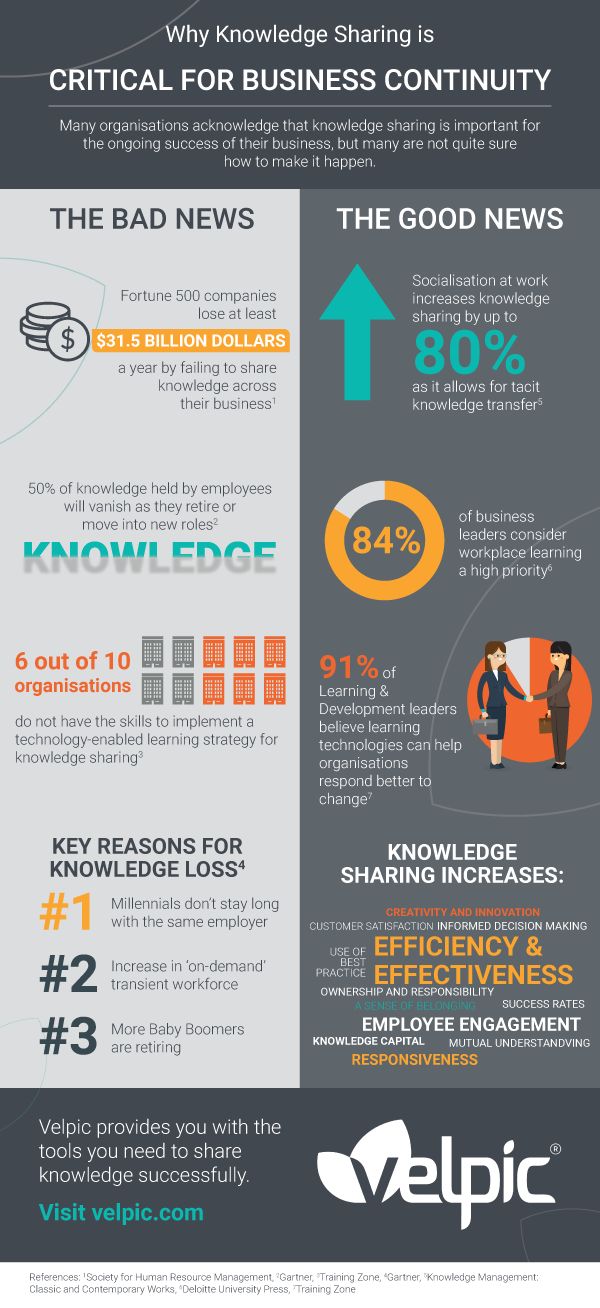 Today, thanks to improved health and life expectancy, more baby boomers are postponing retirement and pursuing their careers well into their 65s. While still in corporate leadership positions, they are often criticized by younger generations for being unwilling to embrace new technologies and act contrary to accepted business practices.
Today, thanks to improved health and life expectancy, more baby boomers are postponing retirement and pursuing their careers well into their 65s. While still in corporate leadership positions, they are often criticized by younger generations for being unwilling to embrace new technologies and act contrary to accepted business practices.
Related material
Generation X is the demographic group of people born between 1965 and 1980. Caught in the shadows and sandwiched between the popularity of the Baby Boomers and Generation Y, Generation X often disappears from the radar of marketers and is therefore called the “forgotten middle child”.
Generation X experienced the turbulent 1970s and uncertain 1980s in their childhood and adolescence, but entered the labor market in a better economic situation.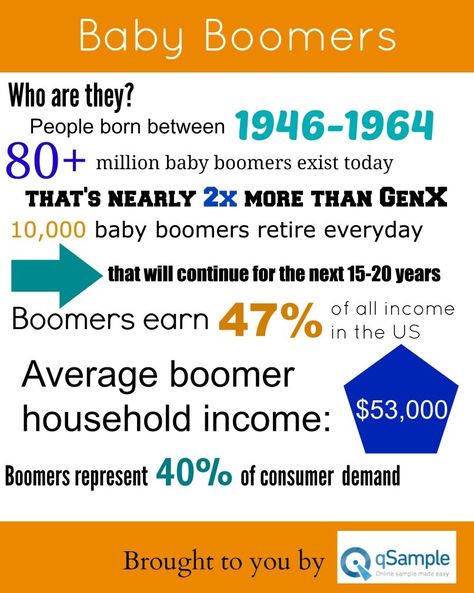 Growing up in divorced families or with two working parents, Generation X children spent less time with family and more time with friends. Strong Peer Relationships in Generation X Spawned the Rise of TV Shows at 1990s showcasing friendship like Beverly Hills 90210 or Friends.
Growing up in divorced families or with two working parents, Generation X children spent less time with family and more time with friends. Strong Peer Relationships in Generation X Spawned the Rise of TV Shows at 1990s showcasing friendship like Beverly Hills 90210 or Friends.
Generation X experienced major shifts in consumer technology that made them more adaptable. In their youth, Generation X grew up watching music videos on MTV and listening to cassettes on portable audio players. As adults, they listened to music on CDs and MP3s, and streamed music on services. They have witnessed the rise and fall of DVD rentals and the transition to video streaming. Most importantly, their entry into the labor market was marked by the rise of the internet, making them early adopters of online technology. nine0005
Although overlooked by most marketers, Generation X has become one of the most influential generations in the working population.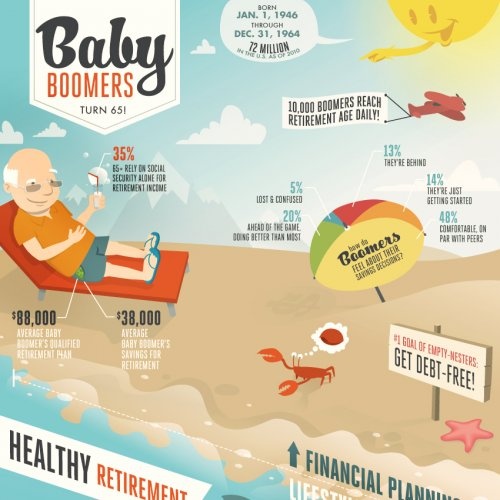 With an average of 20 years of work experience and a strong work ethic, Generation X has taken over most of the leading positions in business. Faced with more difficult career progression limited by retire-delaying baby boomers, many of Gen Xers quit their jobs at age 40 and started their own businesses, becoming successful entrepreneurs. nine0005
With an average of 20 years of work experience and a strong work ethic, Generation X has taken over most of the leading positions in business. Faced with more difficult career progression limited by retire-delaying baby boomers, many of Gen Xers quit their jobs at age 40 and started their own businesses, becoming successful entrepreneurs. nine0005
Related material
Generation Y - born between 1981 and 1996 - has become the most talked about group in the last two decades. Having reached adulthood in the new millennium (eng. millenium), they are commonly known as millennials. Born during the next peak of fertility, most of the generation Y are the children of baby boomers. Therefore, they are also called the boomer echo generation. In general, they are better educated and more culturally diverse than previous generations.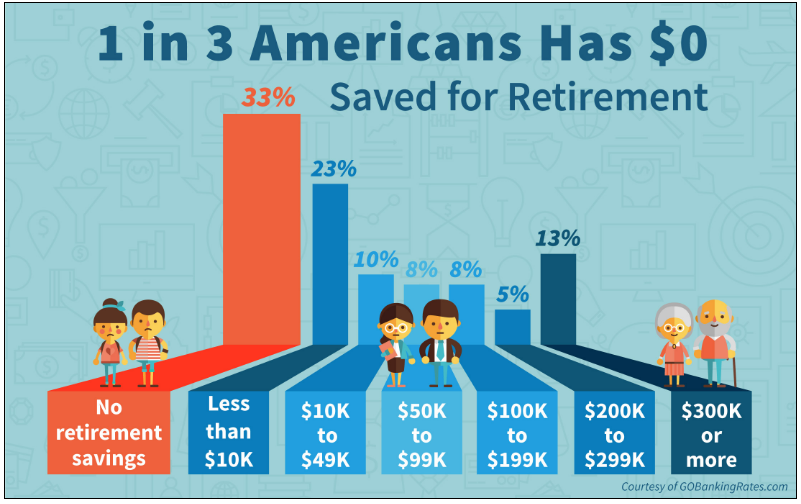 nine0005
nine0005
They are also the first generation strongly associated with social media use. Unlike Generation X, who first began using the Internet at work for professional purposes, Generation Y learned about the Internet at a much younger age. Therefore, in the beginning, Generation Y learned to use social networks and other Internet-related technologies for personal purposes.
In social networks, they express themselves very openly and often compare themselves with their peers. They need their recognition and approval, and as a result rely heavily on their friends, who are trusted more than established brands, for their statements and buying decisions. Generation Y researches a product online for a long time and buys, as a rule, through mobile phones. But they don't buy as many products as older generations, as they prefer experience over ownership. They are not focused on accumulating wealth and assets, but on accumulating experiences in life.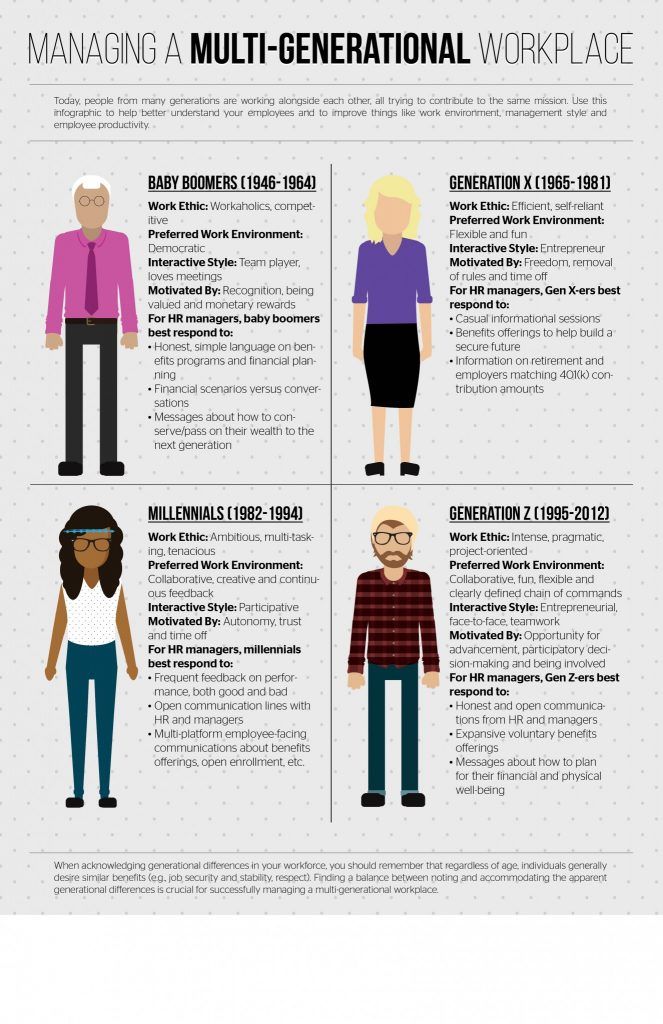 nine0005
nine0005
With higher education, diversity, and access to unlimited content, Generation Y is more open-minded and open-minded. Generation Y doubts everything, which makes them prone to work conflicts with older generations who expect them to follow norms.
Millennials are divided into two categories. Older millennials, born in the 1980s, entered the workforce during the 2008 global financial crisis and its aftermath and were therefore forced to survive in a highly competitive job market. Some of them ended up building their own businesses. Due to the complexities in their professional experience, they tend to draw a clear line between the personal and professional spheres. nine0005
Younger millennials born in the 1990s found themselves in more favorable conditions in the labor market. They only want a job that brings them satisfaction.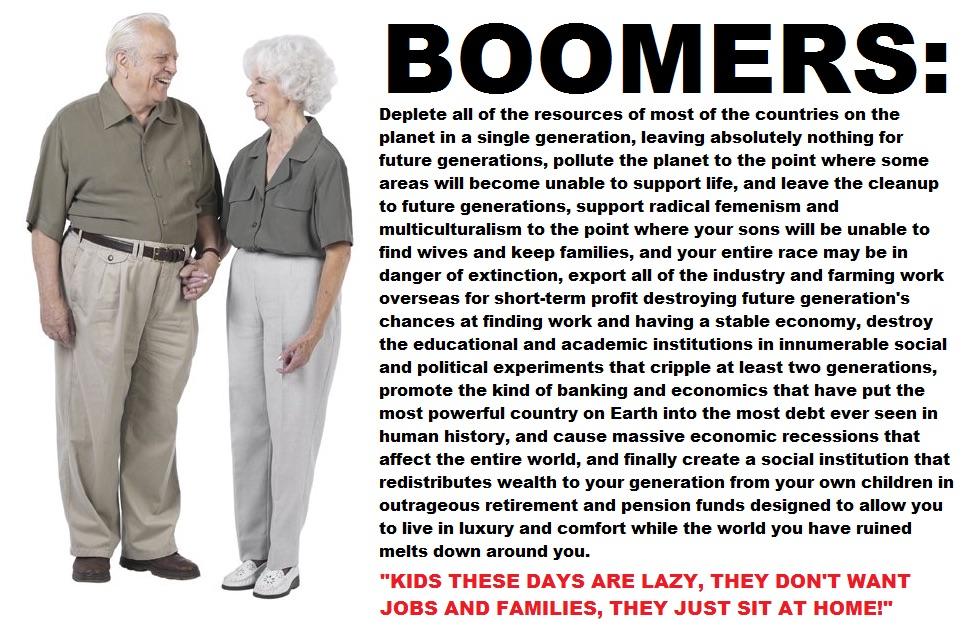 The older group of millennials is the “bridge generation” as they have learned to adapt to both the digital and physical worlds like the generation X that preceded them. The younger group, however, is more like generation Z. very young, they see the digital world as a seamless extension of the physical world. nine0005
The older group of millennials is the “bridge generation” as they have learned to adapt to both the digital and physical worlds like the generation X that preceded them. The younger group, however, is more like generation Z. very young, they see the digital world as a seamless extension of the physical world. nine0005
Related material
Marketers are now turning their attention to Generation Z. The offspring of Generations X and Y, also known as centennials, are the group born between 1997 and 2009. Many of Generation Z have witnessed the financial difficulties of their parents and older siblings and are therefore more financially conscious than Generation Y. They tend to save money and for them economic stability is a fundamental factor in their career choices. nine0005
Generation Z is considered to speak the language of digital technology as their first language, being born when the Internet was already widespread. Since they have never lived without the Internet, they consider digital technology an integral part of their daily lives. They are always connected to the Internet through their devices for learning, receiving news and social networking. They consume content constantly and across multiple screens even when they are socializing. As a result, they do not actually see the boundaries between the online and offline worlds. nine0005
Since they have never lived without the Internet, they consider digital technology an integral part of their daily lives. They are always connected to the Internet through their devices for learning, receiving news and social networking. They consume content constantly and across multiple screens even when they are socializing. As a result, they do not actually see the boundaries between the online and offline worlds. nine0005
The socially liberated Generation Z records their daily life on social media in the form of photos or videos. However, unlike the ideological Generation Y, Generation Z is pragmatic. Unlike Generation Y who likes to post their filtered photos to build a personal brand, Generation Z prefers to show a more authentic and sincere version of themselves. Therefore, generation Z hates brands that broadcast fabricated and implausible images. nine0005
Because Generation Z is relatively more willing to share personal information than other generations, they want brands to be able to offer personalized content and customer experiences.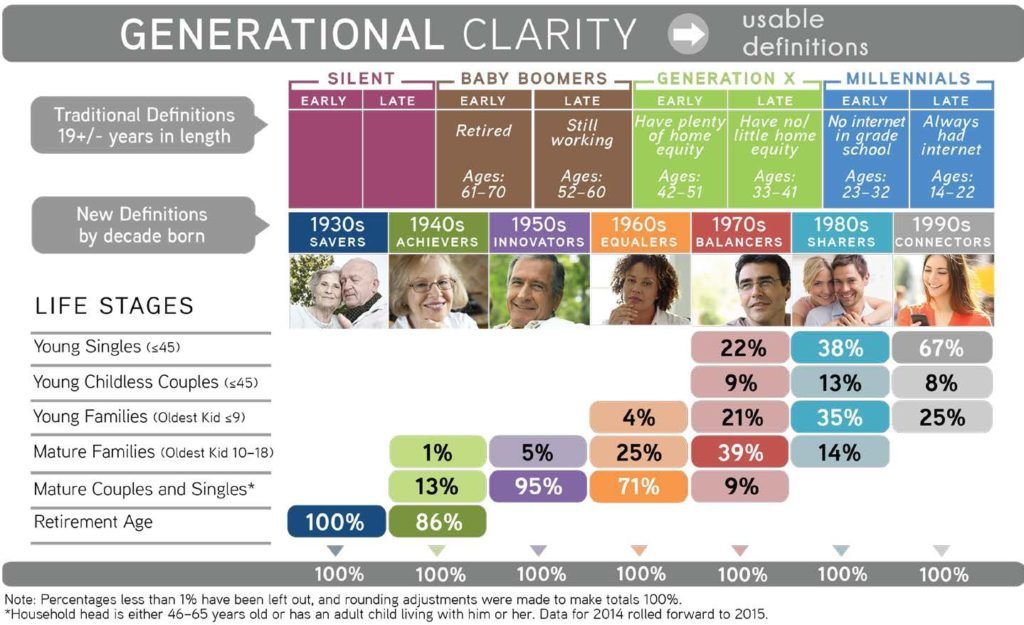 They also expect brands to give them the ability to control and customize how they consume products and services.
They also expect brands to give them the ability to control and customize how they consume products and services.
Related material
With so much content directed at them, Generation Z values the convenience of personalization and customization. Like Generation Y, Generation Z is more concerned with social change and environmental sustainability. With their practicality, Gen Z is more confident in acting as agents of change through their everyday decisions. They prefer brands with a clear positioning around social and environmental issues. They believe that their choice of brands drives companies towards sustainable practices. Generation Z is passionate about making the world a better place by volunteering and expecting employers to support such activities. nine0005
Generation Z companies need to learn how to work with a shortened product life cycle.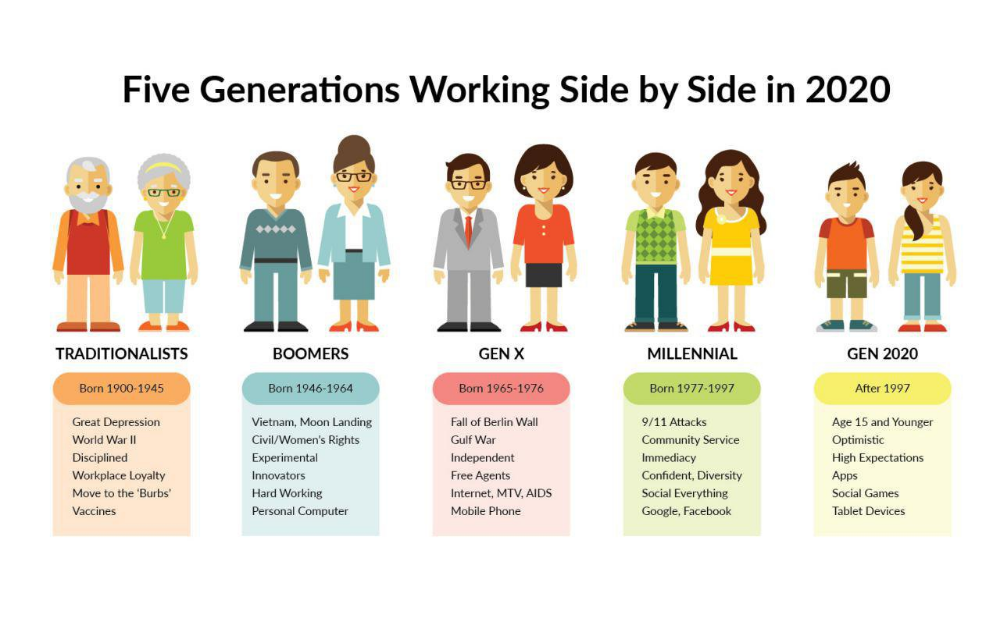 Today, Generation Z has already outnumbered Generation Y and has become the largest generation in the world. By 2025, they will make up the majority of the employed population and become the most significant market for products and services.
Today, Generation Z has already outnumbered Generation Y and has become the largest generation in the world. By 2025, they will make up the majority of the employed population and become the most significant market for products and services.
Alpha generation consists of those born between 2010 and 2025, making them the very first children of the 21st century. Not only do they speak the language of technology from birth, but they are also heavily influenced by the digital behavior of their parents (Generation Y) and siblings (Generation Z). nine0005
Generation Y was largely influenced by the parenting style of Generation Y parents. By marrying at an older age, Generation Y pays more attention to raising and educating their children. They also teach their children how to handle money and finances very early. Moreover, they raise their children in a very diverse and rapidly developing urban environment. Thus, the Alpha generation is not only well educated and technologically savvy, but also more inclusive and social. nine0005
Moreover, they raise their children in a very diverse and rapidly developing urban environment. Thus, the Alpha generation is not only well educated and technologically savvy, but also more inclusive and social. nine0005
Raised by Generation Y and influenced by Generation Z, Generation Alphas have been actively consuming content on mobile devices since childhood. Spending comparatively more screen time than previous generations, the alpha generation watches online videos and plays mobile games every day. Some have their own YouTube channels and Instagram profiles created and managed by their parents.
Today, the alpha generation does not yet have tremendous purchasing power, but they already have a strong influence on the consumption of others. Moreover, many children have already become influencers who are role models for other children. Therefore, it is only a matter of time before they become the focus of marketers around the world.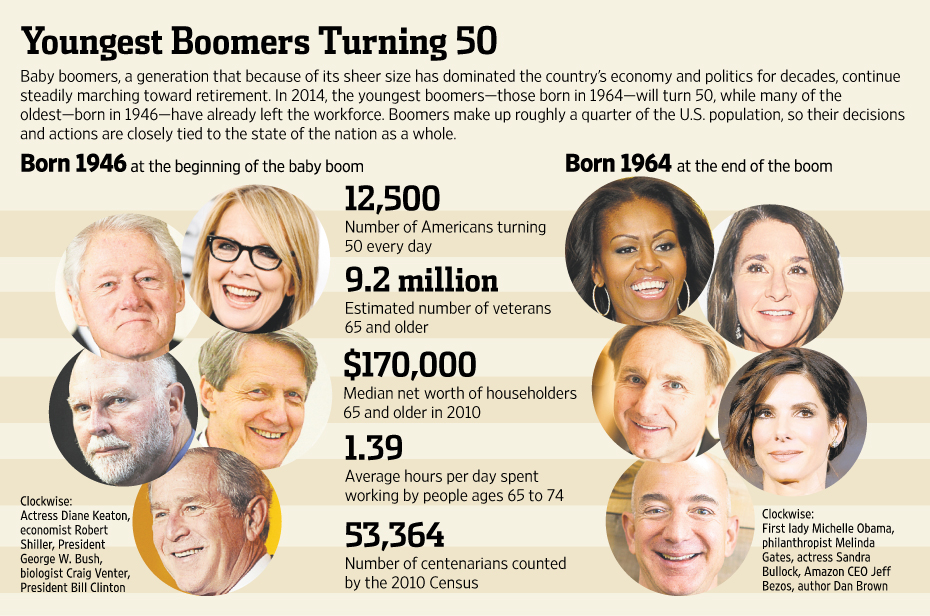 nine0005
nine0005
Related material
With the rise of Generation Z and Alpha, it's time for the next evolutionary leap. The main interests and concerns of these two youngest generations are aimed in two directions. First, on positive changes for humanity and improvement of the quality of people's lives. Secondly, to stimulate further technological advancement in all aspects of humanity.
To serve Generation Z and Alpha, marketers must continue to apply next-generation technologies to improve people's lives. In other words, Marketing 5.0 will bring together Marketing 3.0 (human-centered) and Marketing 4.0 (technology driven). nine0005
Generation X will dominate the marketing world in the next decade.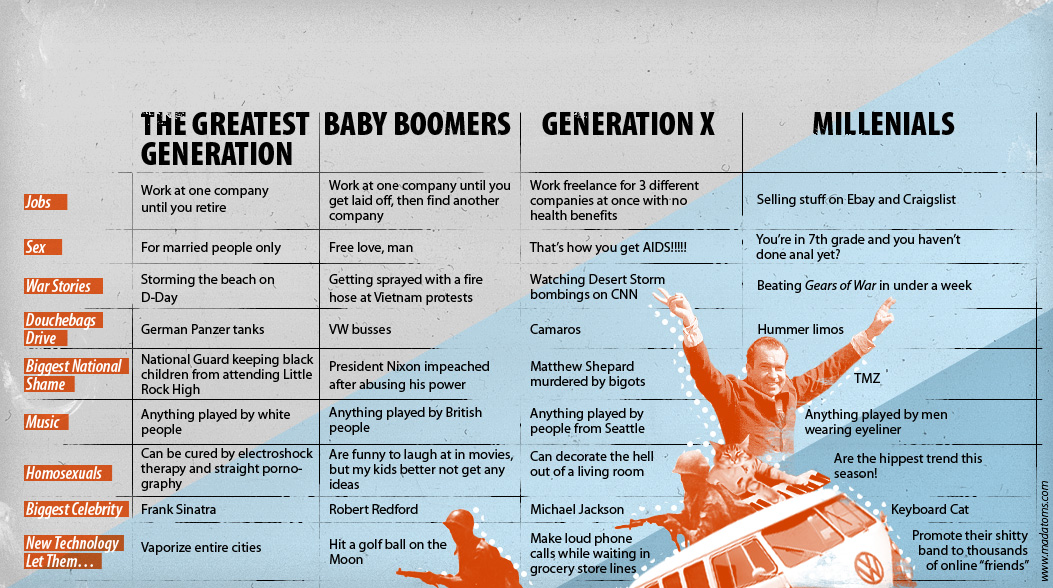 As marketers, they represent the only generation to have embraced Marketing 1.0 (product-focused), Marketing 2.0 (consumer-focused), Marketing 3.0 (person-focused), and Marketing 4.0 (tech-enhanced) at various stages of their lives.
As marketers, they represent the only generation to have embraced Marketing 1.0 (product-focused), Marketing 2.0 (consumer-focused), Marketing 3.0 (person-focused), and Marketing 4.0 (tech-enhanced) at various stages of their lives.
Supported by Generation Y middle managers, Generation X will be the people who will offer marketing initiatives to serve Generation Z and Alpha. These two youngest generations will be the catalyst for Marketing 5.0, bringing Marketing 3.0 and Marketing 4.0 together. They are deeply concerned about how technology will empower and strengthen humanity: improve the quality of life and make people happier. Companies that can earn the trust of Generation Z and Generation Alpha will be able to win the competition in the Marketing 5.0 era. nine0005
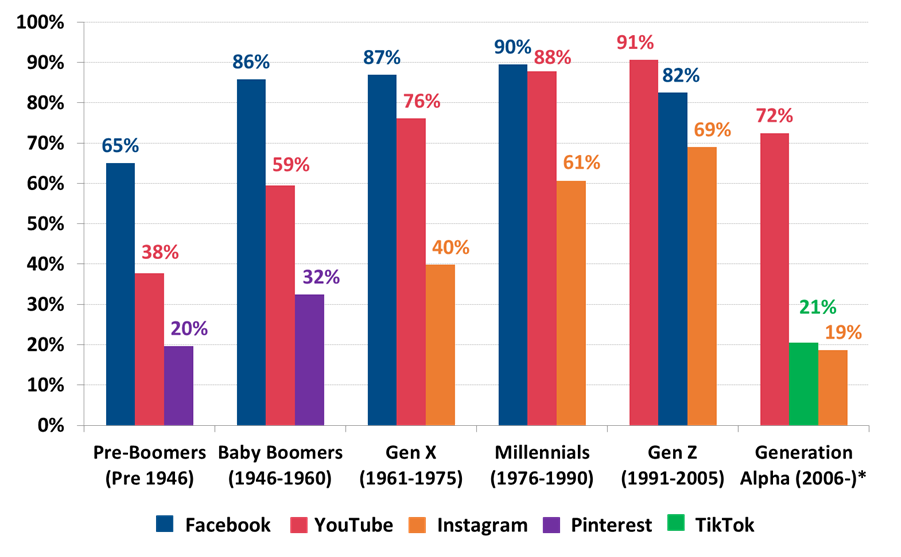
The crisis in the US real estate market was caused by the mass retirement of the so-called baby boomers, who were born during the period of a sharp increase in the birth rate after the Second World War. This opinion was expressed by Alexei Moiseev, Head of the Macroeconomic Analysis Department at VTB Capital, on the air of the Dialogue with Mikhail Khazin program on RBC-TV. nine0005
Speaking about the nature of the financial "bubble", he noted that such a situation has developed when American households were spending more than they were producing, "this is classic spending intemperance." “The Federal Reserve assumed that people, corporations, banks that operate in the country, closely monitor the state of their finances. They were not expected to spend more than they needed,” Moiseev explained.
But, according to him, the problem is that “when financial engineering allows you to spend more than a person earns, after a while it starts to seem like it will always be like this.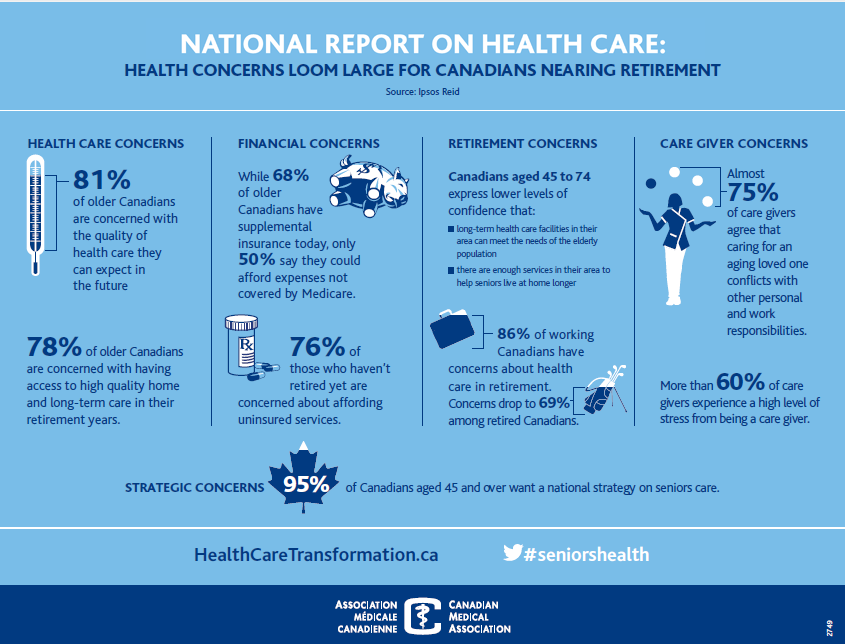 ” “Moreover, money-hungry banks began to say: “It's okay that you spend more every month than you earn. You have houses, you have stocks, and the prices of houses and stocks always go up.” nine0005
” “Moreover, money-hungry banks began to say: “It's okay that you spend more every month than you earn. You have houses, you have stocks, and the prices of houses and stocks always go up.” nine0005
adv.rbc.ru
The situation that has developed in the US real estate market is "essentially MMM". “The population is always growing there. The number of people starting work always exceeds the number of those who finish it. Americans have a tradition that when they start working, they take out a 30-year mortgage at a very low rate and buy a big house to raise a family there. When they retire, they sell this house, buy a small house, and with the donated funds they live out their lives perfectly,” the expert explained. nine0005
“It was all good as long as the number of people who wanted to buy a big house was greater than the number of people who wanted to sell it, so prices for big houses always went up. But that all changed when the so-called baby boomers began to retire.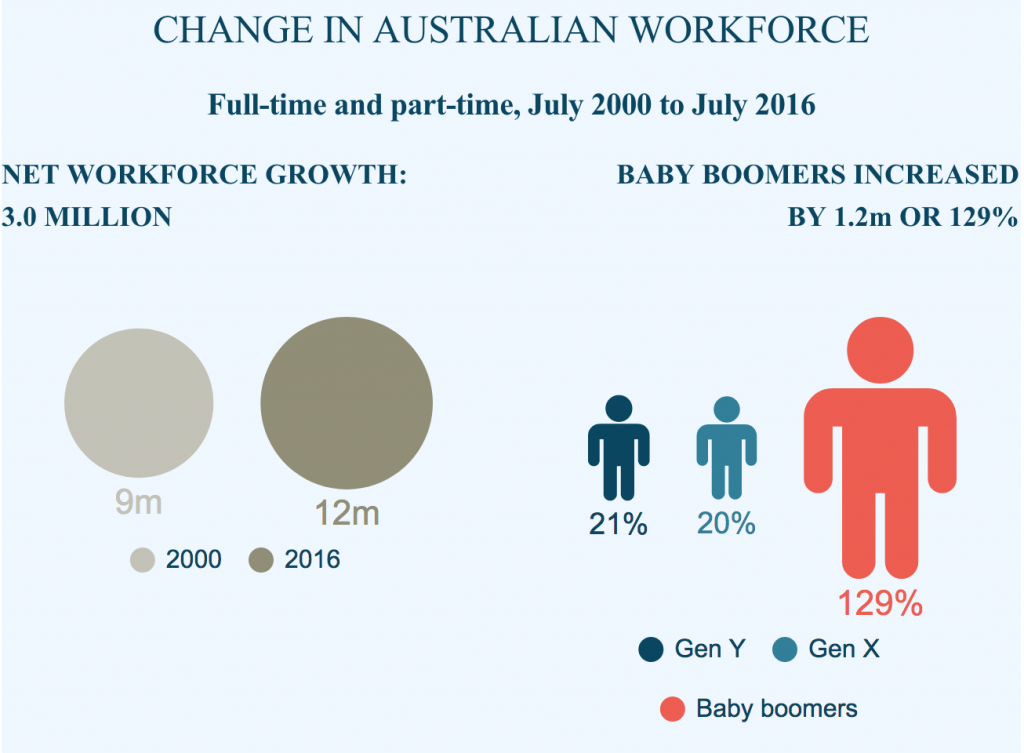 Surprisingly, there are more people retiring and selling houses than those who enter the age when these houses are bought. Real estate prices began to fall,” continued Moiseev.
Surprisingly, there are more people retiring and selling houses than those who enter the age when these houses are bought. Real estate prices began to fall,” continued Moiseev.
According to him, the Fed's reaction to this situation was that the regulator decided to "unscrew the screws and let people buy houses who could not afford it before." “That is, the weakening of standards in the financial system has begun,” he said. nine0005
In addition, in the late 1990s and early 2000s, “the so-called financial engineering, financial innovations appeared, when money began to be made out of thin air.” That is, banks for one dollar invested in them issued more and more loans. In the United States, by the beginning of the crisis, by the end of 2008, this multiplier reached 17, which is about 3 times higher than all permissible norms.
And then, according to Alexei Moiseev, “the so-called securitization appeared”. “This is when a bank that has already used the 17th multiplier and, having exhausted even these opportunities, sells those assets (on loans) that it has, receives money from investors for this, and this money can be launched again 17 times,” - the expert explained, adding that "at that moment, control was completely lost.